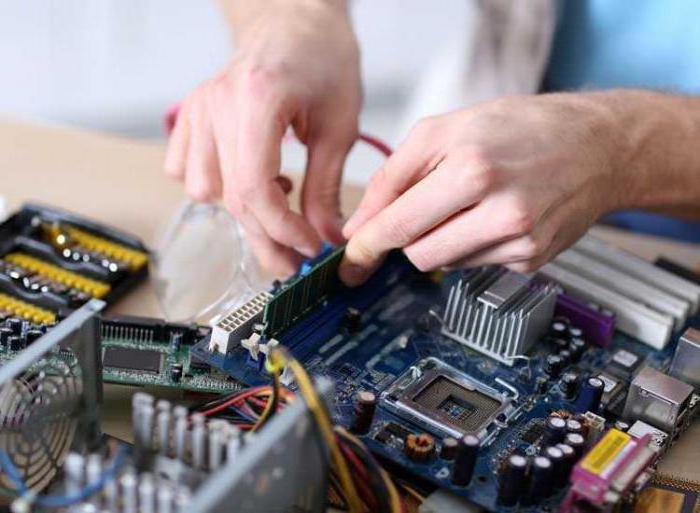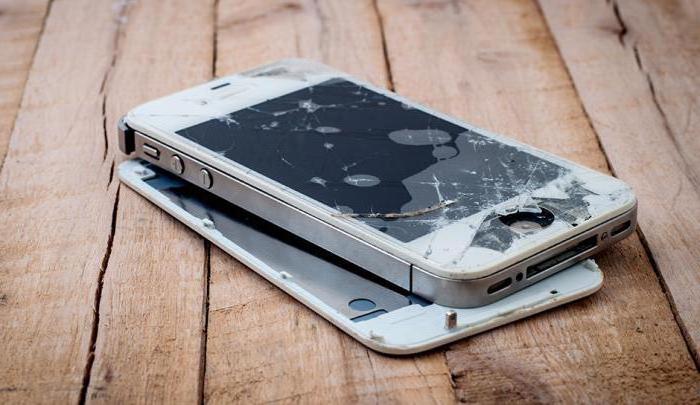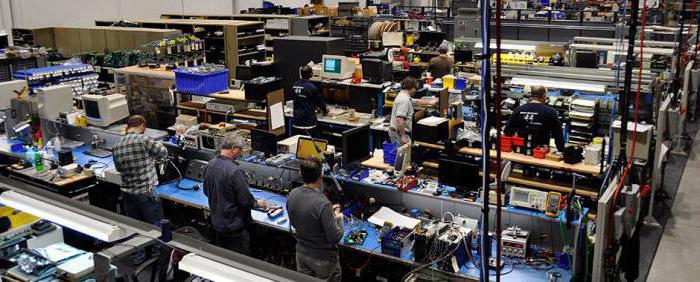Cases when satisfaction with a purchase is overshadowed by a complete breakdown of the product or a defect not immediately detected are not uncommon. When trying to hand over a product for repair for free, certain difficulties may arise. For example, the length of the period for eliminating defects in the goods is greatly delayed, or the seller completely refuses to accept the application, explaining the existence of the defect by careless operation. Knowledge of the provisions of the current legislation will help achieve a fair result.

Procedure for detecting a deficiency
The first step is to find out if the defect is subject to warranty repair. If its presence was not agreed upon upon purchase or the fact of its confirmation is not recorded in the documents, then the goods are subject to free repair. Such situations rarely occur after the acquisition of products discounted due to the presence of any marriage.
Non-warranty situations are those arising as a result of:
- rough exploitation;
- misuse;
- ingress of substances whose action led to a defect;
- violations of the rules of storage or transportation.
If the buyer has ascertained that the defect must be remedied under the guarantee, he should:
- Write in advance or directly at the point where the purchase was made, a statement stating the requirement for gratuitous repair of the product. If, due to some circumstances, the consumer cannot do this on his own, he is entitled to entrust it to another person, but with the provision of a notary power of attorney to the intermediary or manufacturer.
- Simultaneously with the transfer of the application, the goods are returned. The seller must accept it and draw up an appropriate act. He may also conduct a product quality check to verify that there is a defect. This should happen in front of the buyer. At his request, for the time of the repair, goods of a similar purpose are provided. The exception is: any vehicles, furniture, weapons, household appliances intended for personal care and hygiene or for working with food.
- The seller is obliged to announce the deadline for eliminating defects in the goods - 45 days.

An important nuance is that the requirement to carry out repairs under warranty is only one of the options for a possible development of events. The buyer has the right to return the money or receive a new product in return for the originally purchased. In addition, he can resort to the help of third-party service companies. In this case, it is necessary to claim reimbursement of costs associated with the repair from the seller or manufacturer.
These actions apply to durable goods. With technically complex (household appliances, transport, communications, etc.), the situation is somewhat different. The buyer can choose his own option to resolve the situation only until the expiration of 15 days from the date of purchase, then - depending on the severity of the breakdown.
What document regulates the deadline for eliminating deficiencies?
The duration is set by the Federal Law "On Protection of Consumer Rights". According to him, the deadline for eliminating defects in the goods is 45 days. If this information is not fixed in writing, the defect should be corrected faster, depending on the complexity of the repair and the method used. The time period is usually set by decision of the parties, but cannot exceed the maximum (45 days).

Allowable deadlines for detecting flaws
You can make a seller’s request for free repair in the following cases:
- The product was sold with a specified warranty period. The intermediary (or the manufacturer itself) is responsible for the appropriate level of quality throughout the entire period.
- The product was sold with an unspecified warranty period. This circumstance does not exempt the seller or manufacturer from liability for shortcomings. The buyer has the right to request their elimination within a two-year period from the date of purchase of the product. In this situation, you need to show evidence that the defect appeared before the start of operation of the goods.
- If the warranty period is less than two years, but defects are discovered during this period, gratuitous repairs must be made, but with the provision of relevant evidence by the consumer.
- In the period exceeding two years, a significant defect has been identified, as a result of which the use of the product for its intended purpose has become impossible. In this case, the buyer can use the repair service for free, but with evidence that the failure appeared due to reasons that arose before the transfer of the goods to the consumer.
- The same requirements may be put forward by the intermediary or the manufacturer if an irreparable defect has arisen during the current service life (or 10 years if it is not installed).
The main evidence of the shortcomings that occurred before the transfer of the goods to the final consumer is the conclusion of an independent organization engaged in expert activities.

If the seller refuses to accept the product
Often, after checking the goods, the seller does not recognize the occurrence of the warranty situation. It is important to remember that he must accept the product with the appropriate statement. At the same time, it must be packed and sealed, and then sent for examination. The buyer does not reimburse any costs associated with transportation and subsequent quality assessment.
But if it is not possible to reach an agreement with the seller and he motivates his refusal to accept the goods by the absence of a defect, the consumer can contact an independent company that will conduct an examination. If the conclusion is satisfactory to him, the reimbursement of the costs of the services of third parties is carried out by the intermediary or the manufacturer.
Is the warranty period changing?
For the duration of the repair, it is suspended. Thus, the warranty period in case of elimination of defects in the goods increases (by a maximum of 45 days). But even if the consumer turned to the judicial authorities for help, as a result of which the situation was resolved in his favor, but the period of the proceedings was more lengthy, it is still not taken into account.
In case of replacement of a spare part, a new warranty period is established (if it was originally provided separately).

If the repair duration exceeded 45 days
There are situations when the agreement is violated due to the protracted nature of the time period for eliminating defects in the goods. In practice, unscrupulous sellers or manufacturers often only inform the buyer about the need to provide them with additional time. This is a violation. The term for elimination of defects in the goods should not actually exceed 45 days. If this still happened, the buyer is entitled to compensation in cash. The penalty for violation of the deadlines for eliminating the defects of the goods is 1% of its value. It is charged for each day of delay.
How to determine the size of the forfeit?
To understand the extent to which the buyer will receive payment related to the violation of the deadline for eliminating defects in goods by the seller (manufacturer), you need to calculate the number of days from the first day of the delay in repair to its completion. If the penalty is also paid out of time, interest is accrued up to the moment of satisfying the requirements of the consumer.

Other scenarios
If the deadline for eliminating defects in the goods is exceeded, the buyer also has the right to refuse to repair and put forward other requirements to the seller or manufacturer:
- Replace the product of inadequate quality with a similar one.
- Request a refund for the purchased goods.
- Exchange for another product of the same purpose, but without defects. In this case, the cost is recalculated.
- Demand a significant reduction in the cost of goods with defects.
If a technically complex product has been delivered for repair and the deadlines for eliminating defects have been exceeded, this situation may be beneficial to the buyer. The fact is that the delay allows the consumer to put forward other conditions to the seller or manufacturer (for example, an exchange or refund) that he could not initially present. But in this situation, you must immediately return the goods, because otherwise, it will be repaired in violation of the deadlines and payment of a penalty, and other scenarios will not be possible.

Finally
The relationship between the intermediary (or manufacturer) and the consumer should develop exclusively positively. But in practice, if the matter concerned warranty repair of the purchased goods, misunderstandings and even conflicts may arise between the parties. The consumer must know his rights and in case of a dispute skillfully apply them. Information regarding what the deadlines for eliminating the defects of the goods should be contained in the law "On Protection of Consumer Rights".